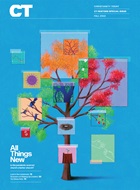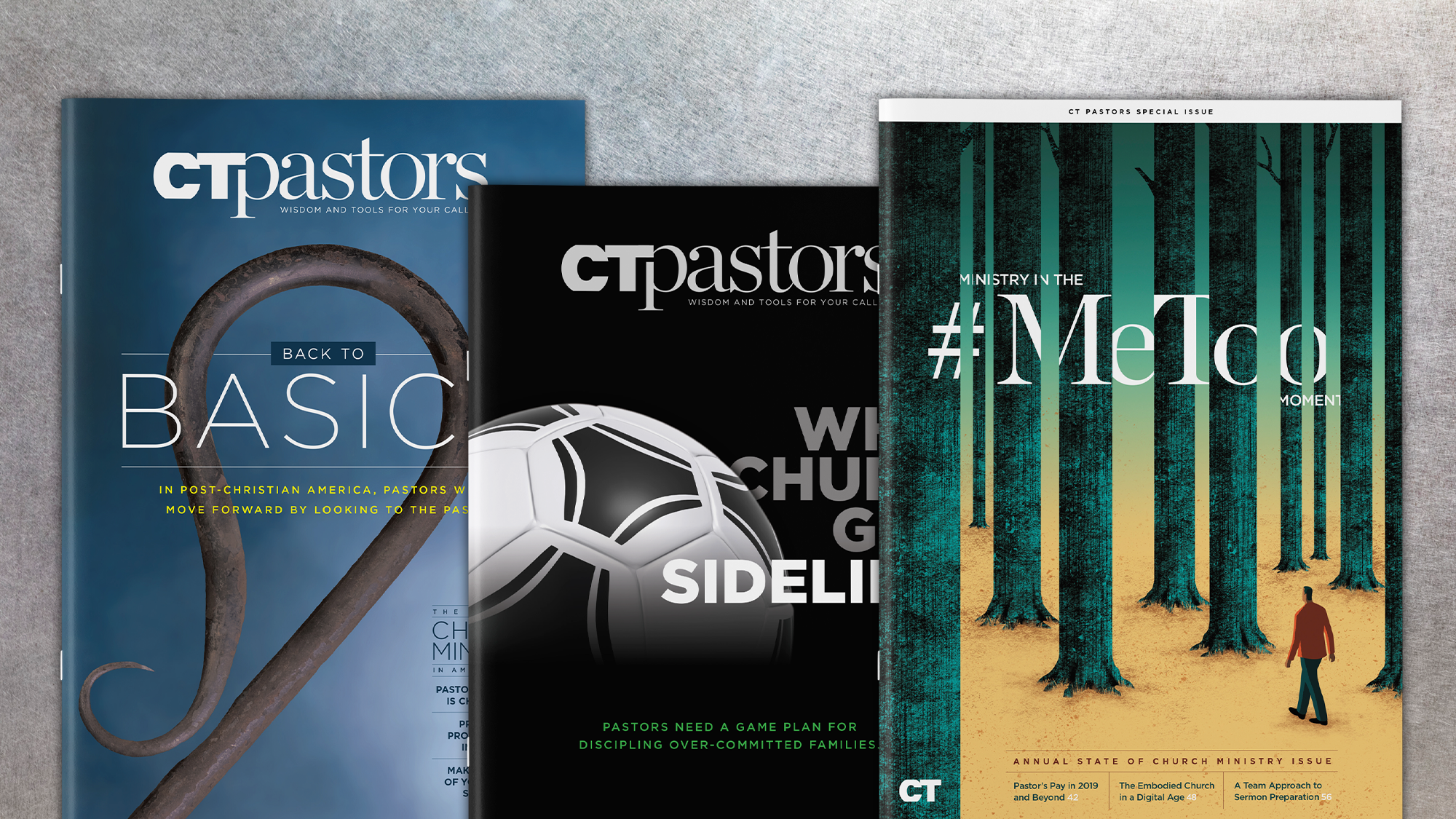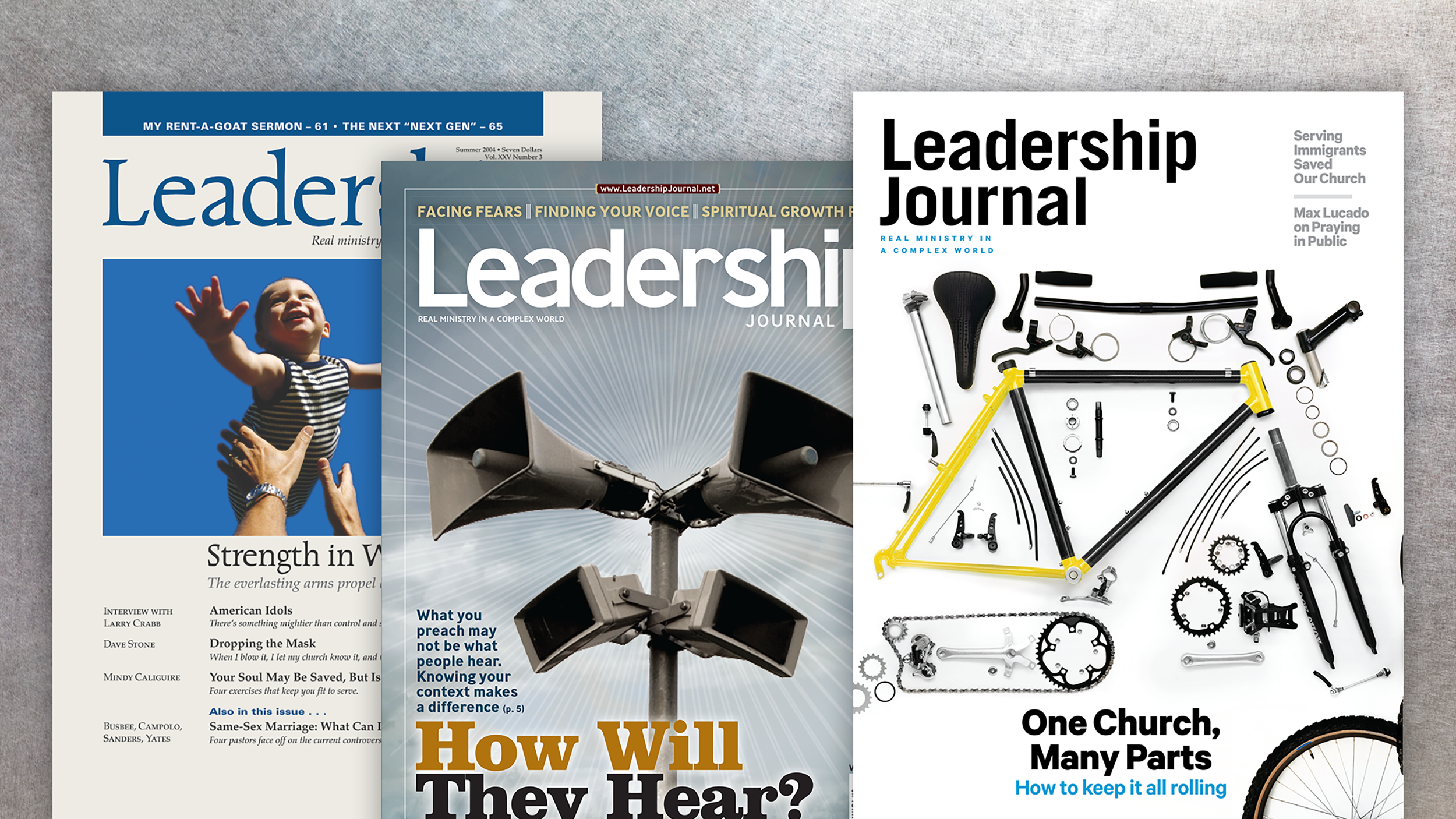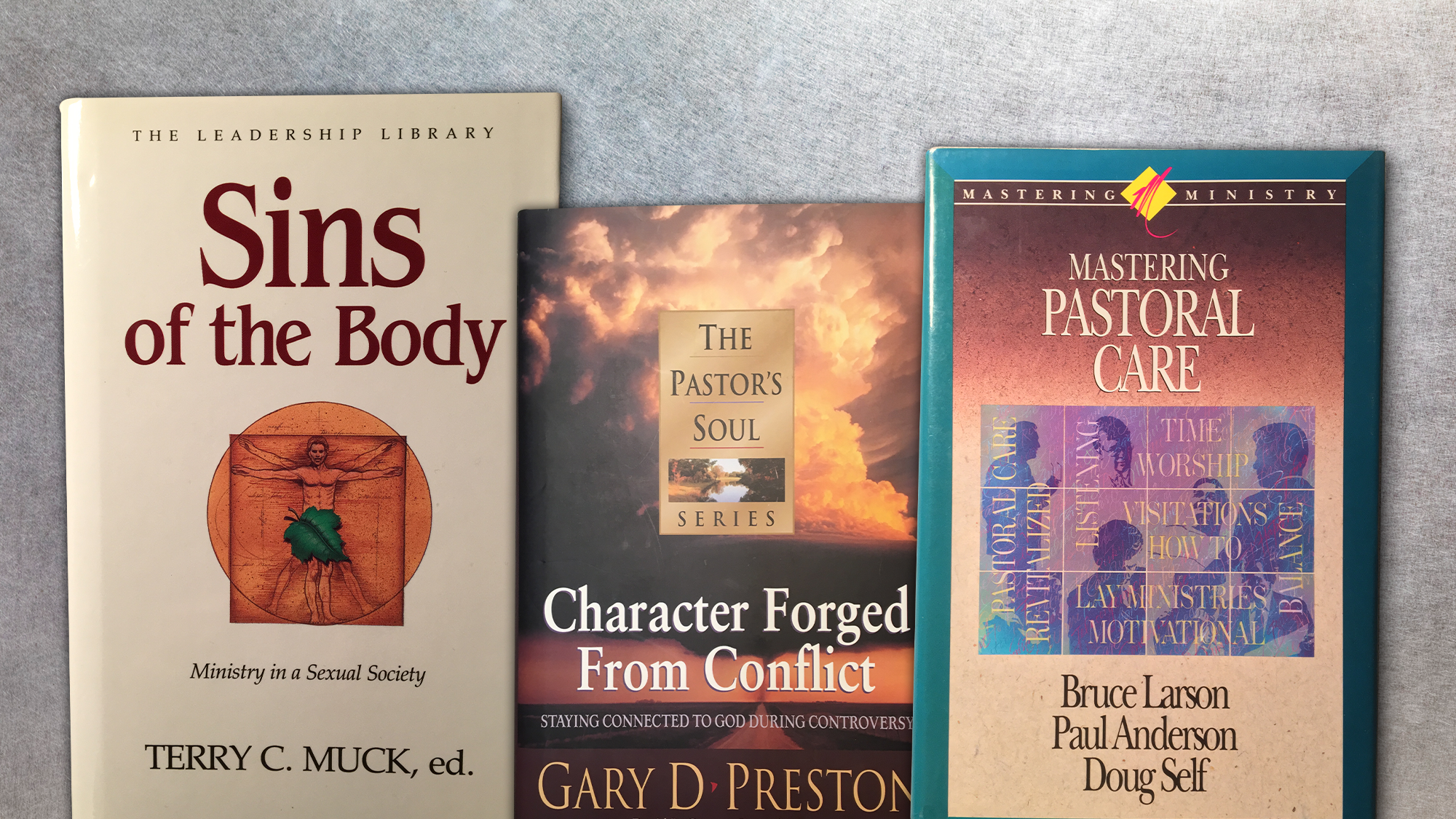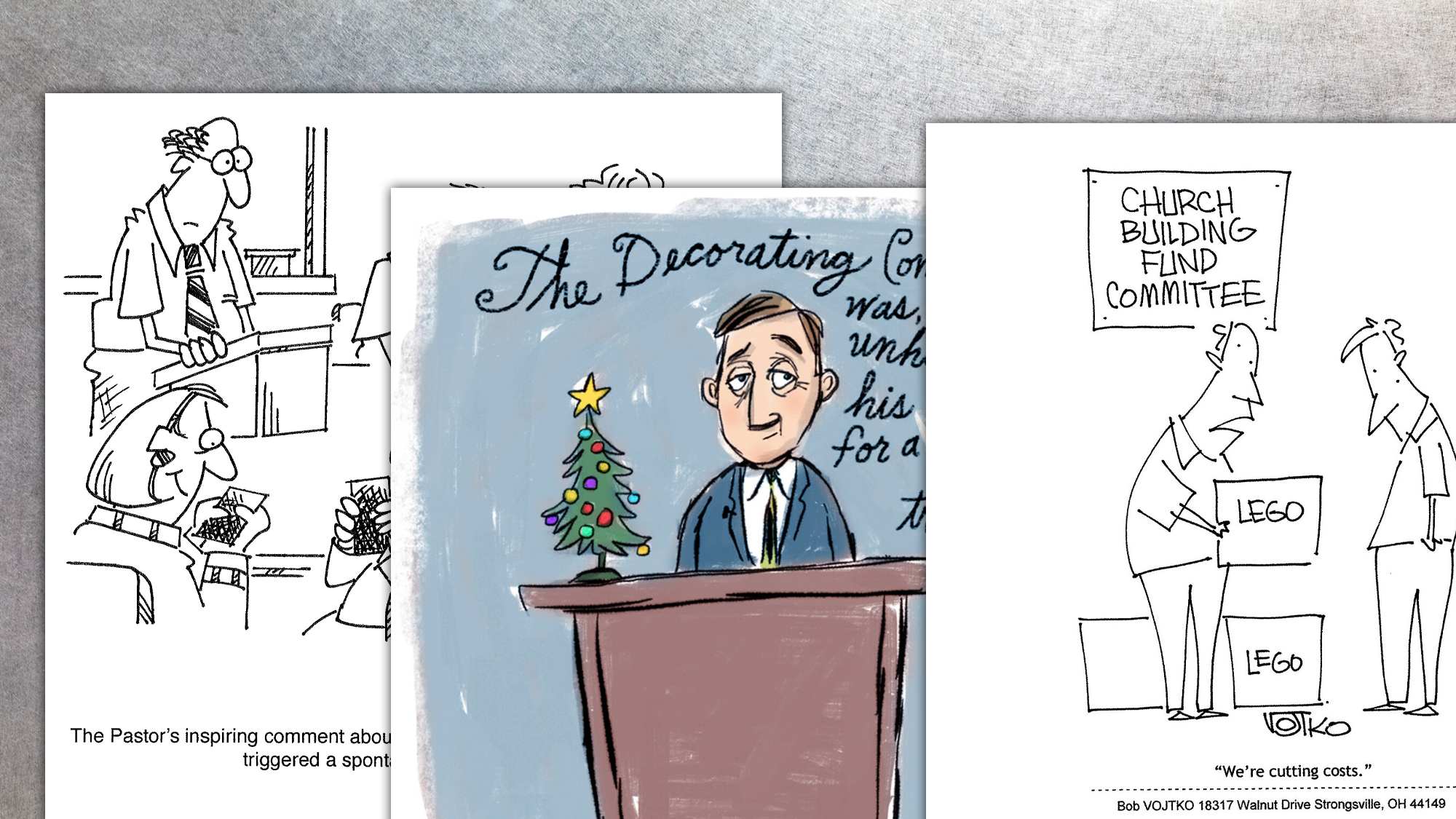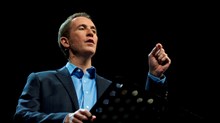
“Therefore I conclude that we should not cause extra difficulty for those among the Gentiles who are turning to God.” (Acts 15:19, NET)
It has never been more complicated to be a pastor than it is right now. At least that’s how it often seems. As racial tensions and culture clashes have dominated the headlines in our nation, too often those unwanted guests have decided to attend our churches as well. How do we navigate our ministries to the safe harbors of peace and unity while still fulfilling our prophetic call to proclaim the truth of the gospel that challenges our tendency to elevate our norms over others? And how can Scripture equip us to address today’s racial and ethnic tensions?
In the Acts of the Apostles, Luke highlights one of the greatest threats the early church faced: ethnocentrism and cultural pride within the fellowship of believers. As the gospel spread beyond the initial band of Jesus’ Jewish followers across geographic and cultural boundaries, ...
1
Support Our Work
Subscribe to CT for less than $4.25/month







